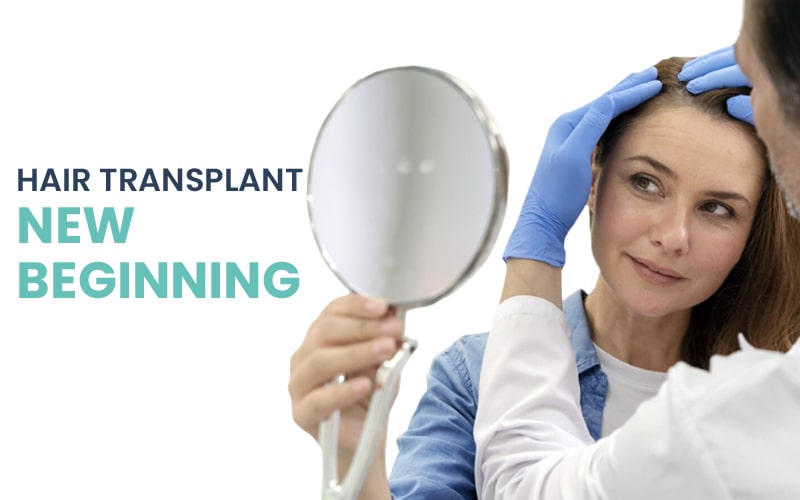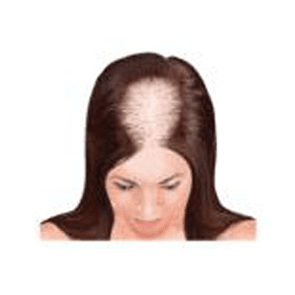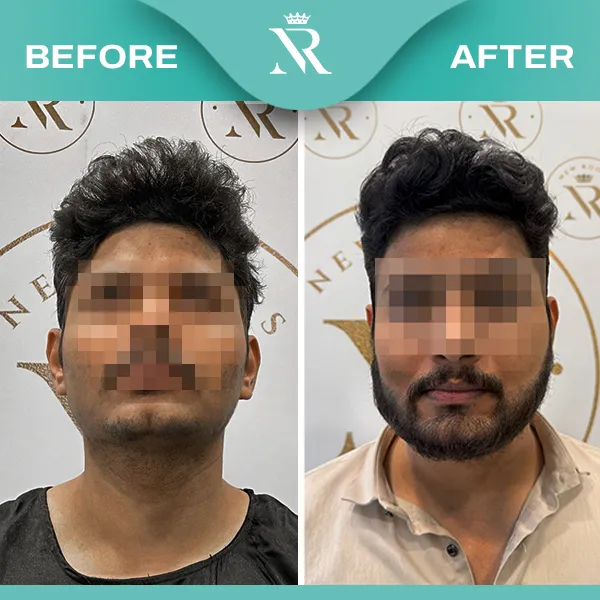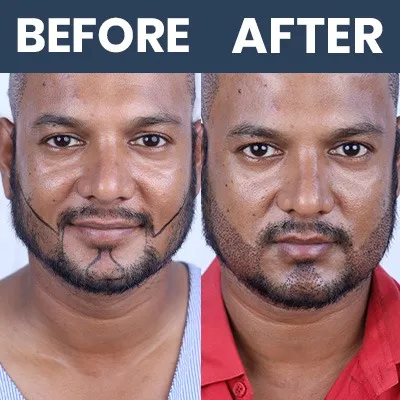

Beard and Moustache Hair Transplant: Enhance Your Facial Hair!
Table of Contents
Female Hair Transplant in Bangladesh: Regain Confidence, One Strand at a Time
Baldness is becoming increasingly common among modern women; studies show that 1 in 5 women experience noticeable hair loss. This can result from aging, hormonal changes, or medical conditions. Unlike men, women often face diffuse thinning across the scalp, which can feel even more demoralizing.
Many try oils, medicines, wigs, or extensions—but these are often temporary fixes. A female hair transplant offers something different: a lasting, natural solution.
Why Female Hair Loss Happens
1. Hormonal imbalances (thyroid, PCOS, menopause)
2. Medical conditions (anemia, diabetes, malnutrition)
3. Stress and lifestyle factors
4. Genetics
Why Female Hair Transplant Is Different
Most treatments focus on slowing hair fall or concealing it. But a female hair transplant restores what’s lost—permanently.
Think of it not just as surgery, but as carefully replanting nature’s seeds—tiny, living follicles moved with precision to restore natural density.
Female Hair Transplant Procedure Explained
During a female hair transplant, tiny grafts specially developed for this procedure are used to cover the bald regions of the head. To create the finest output, a candidate should have a dense donor area and also possess hair with sufficient thickness. The process consists of taking mini-grafts from the dense zone of the head and transplanting them to the locations of hair loss for improved density. The result improves the ability to blend over regions, giving the patient a new lease of confidence.
Patient Evaluation
Identifying underlying conditions:
Diabetic patients, thyroid disorders, stress, hormonal problems, iron deficiency, and malnutrition must be ruled out.
Classification of hair loss stages:
This results in classification to determine how many grafts should be taken for the procedure.
Donor Area Strength:
The following procedure outlines it: The vitality of the donor area & thick and healthy hair shafts are crucial for increasing the duration of hair transplants. This is usually recommended to start the administration of hair medications, which help in increasing the thickness of the body part to be shaved before the operation

TYPE 1
Generalized Thinning With Discrete Areas Of Alopecia More In Frontal, Vertex And Crown. Top Or Front Part Becomes Visible From Where The Hair Partition Is Done.

TYPE 2
Global Diffuse Thinning. Central Part Of Scalp Becomes Widening. Thinning And Shedding And Decreased Volume Is Noticed

TYPE 3
Frontal Temporal Recession. Scalp Is Totally Visible With No Hair.
No two women experience hair loss the same way—your treatment should be just as unique as you are.
Donor and Recipient Site Selection
Follicular unit density:
The hair follicle density per unit area is assessed to achieve the required graft density.
Interfollicular unit distance:
A key factor in creating natural-looking hair transplantation is the alignment of the follicular units.
Hair shaft characteristics:
There are issues of diameter, color, texture, and overall strength of the strand of hair that must be looked into.
Techniques & Considerations for Female Hair Transplant
Targeted Approach:
It aims at the stimulation of growth in the compromised thinning areas while not doing so in the rest of the hair follicles.
Donor Area Preservation:
There should be only a sufficient amount of grafts harvested to make the donor area viable.
Multi-Hair Grafts:
One of the advantages of using such grafts is the ability to attain enough volume when several strands are transplanted.
Hair Transplant and Its Recovery
- Saline sprays in the first week keep the grafts moist
- Avoid combing or scratching to protect newly implanted follicles
- Gentle hygiene and prescribed care ensure smooth healing
Why Choose New Roots Clinic, Dhaka?
Expert Team:
We provide highly trained senior surgeons for our female hair transplant surgery clinic to ensure top-notch surgery.
Success Rates:
The clinic has a high success rate of operation; this is due to a rigorous pre-operation assessment and thorough evaluation to determine the best course of action to be taken.
Advanced Techniques:
Thus, people should use modern technologies like the DHI technique to gain ideal grafts and have a short recovery time.
Patient-Centric Approach:
I place high importance on our patients’ complete assessment and developmental care plans to completely address the patient’s individuality.
Post-Operative Support:
New Roots Clinic maintains exceptional aftercare and also offers the patients a set of recommendations on how to further improve their recovery and overall condition of the transplant.
At New Roots, we don’t just restore hair—we restore confidence, femininity, and identity.
Conclusion
If you’re struggling with thinning or baldness, know that lasting, natural solutions exist. With the right expertise, you can regain the look you love—and the confidence you deserve.
For additional insights into our methods, patient testimonials, and detailed procedures, explore our visual resources available on YouTube: ▶️ Click Here
Allow the New Roots Clinic facility to guide you towards a rejuvenated and confident future!


